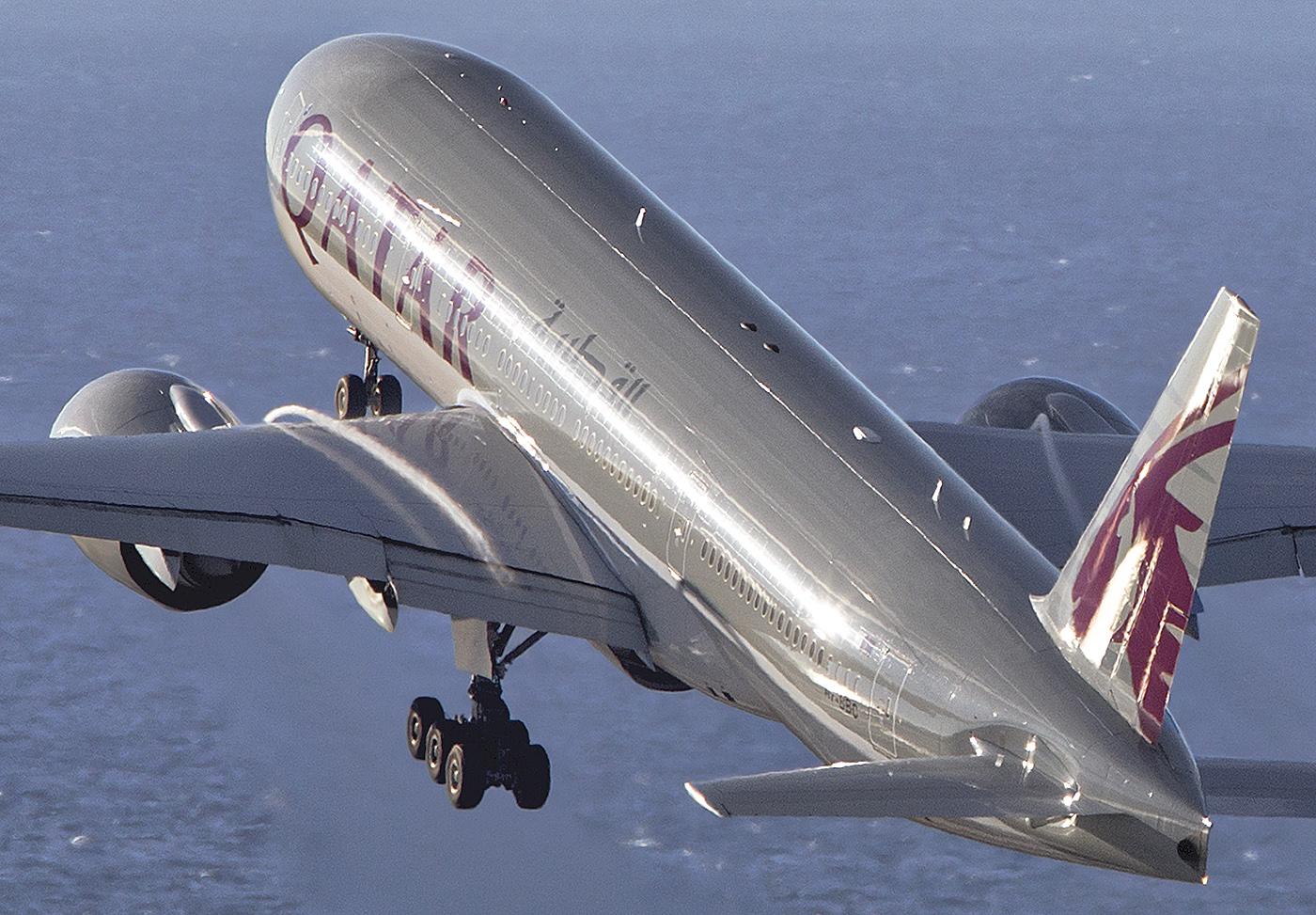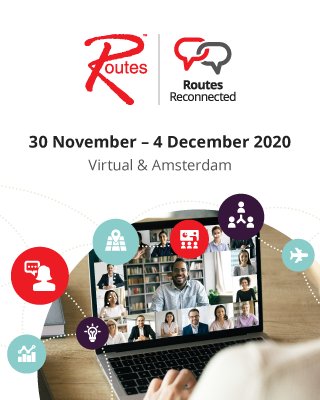

Passenger confidence has taken a severe blow and continues to be undermined by the pandemic and the fear of catching the virus while flying. Although many governments have provided critical financial aid for the industry, their inconsistent and sometimes overnight approaches to quarantines and border closures further deter potential customers.
For airlines, those rapid policy changes add to the challenges; they cannot afford to run empty outbound flights to retrieve passengers suddenly stranded by a quarantine rule change.
Ticket refunds, meanwhile, have been slow, which is understandable given the desperate financial situation that the pandemic has caused for most airlines, but they further erode booking confidence.
All these uncertainties mean that travelers are booking much closer to their travel date than previously, giving airlines less forward visibility into where they can profitably place capacity.
New market patterns, regulations and business practices are emerging, and those organizations that adapt most effectively will emerge strongest.

Routes Reconnected
Over 500 meetings, 30 hours of content and 10 airline briefings will support the industry in rebuilding the world’s air services.
Some of the more dynamic carriers are acting quickly to reshape their networks, take the initiative and perhaps get ahead in the scramble to capture the greatly reduced passenger traffic that remains. TAP Air Portugal chief revenue and network officer Arik De provides an example of such changing strategy in the latest issue of Routes.
Airports, meanwhile, will need to work more closely than ever with their airline partners. They must balance support through mechanisms such as reduced or waived fees and added incentives with the equally important need to manage their own bottom lines.
Large-scale collaboration between airports and airlines can reset the rules of engagement in the new business environment and help mitigate the challenges while creating a framework in which each supports the other.
ICAO, IATA, ACI and the World Travel & Tourism Council have issued collaborative guidance designed to agree standards and streamline processes. These should help negotiate more consistent, practical policies by governments that will in turn boost passenger confidence.
With no near-term, widely available vaccine on the horizon, the industry needs to adapt, become leaner, more efficient and more effective. It needs to speak with a stronger, unified voice to governments. Which means working collaboratively.
This industry is no longer in recovery mode; it’s in a restart, with many analysts and economists now forecasting that passenger traffic levels will not return to 2019 levels before 2024.
By reconnecting and collaborating, all sides will come out of the restart more resilient.
Photo credit: Joe Pries
